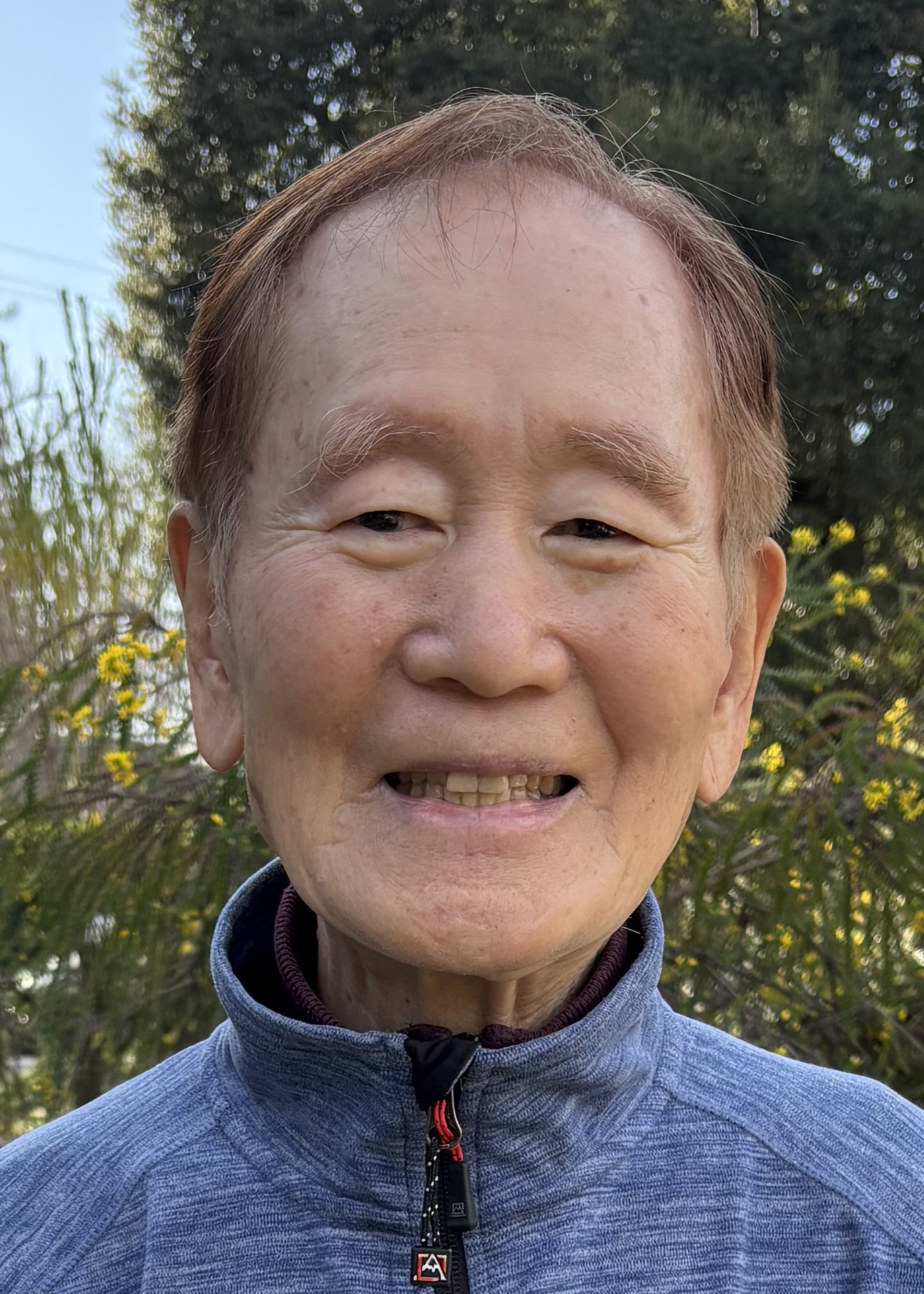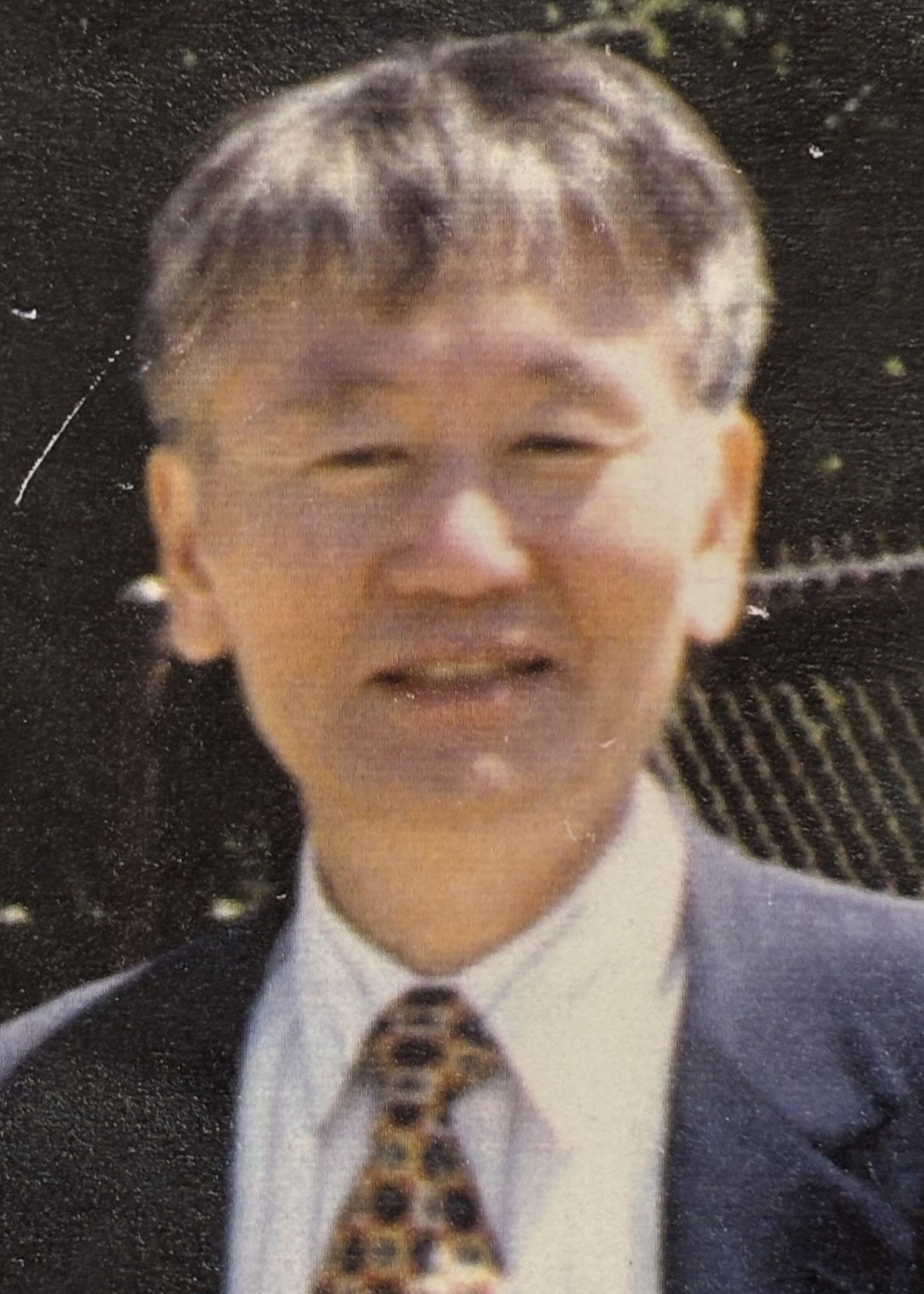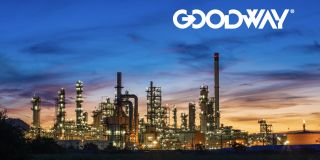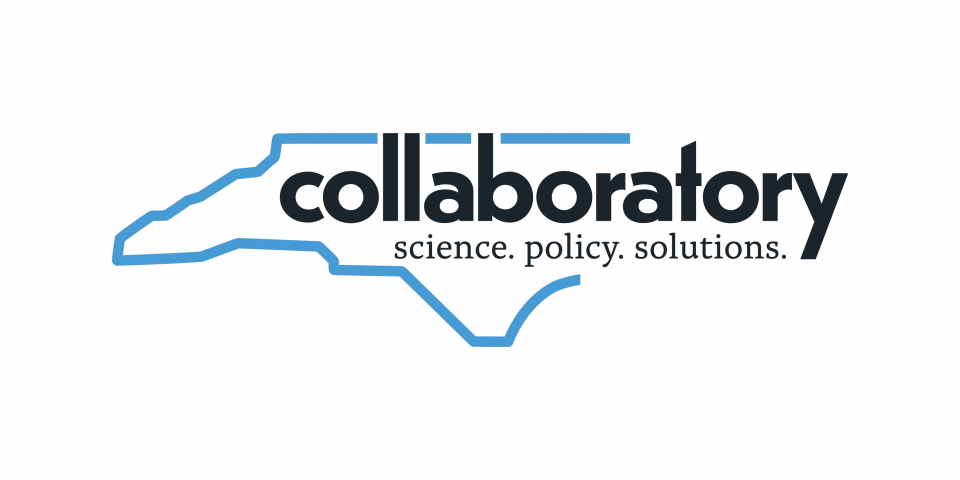Valuable industry experience: My BNL experience was a mixed bag, and I felt I needed to gain some practical industrial experience to further my career. In 1977, I joined GE Nuclear in San Jose, Calif., as a senior engineer, modeling and simulating the boiling water reactor emergency core cooling system. The nuclear wave reached its crest in the 1970s. Little did I know that something ominous was lurking around the corner—the Three Mile Island accident in 1979. The TMI event drove the entire nuclear industry into survival mode, where it remained for the ensuing decades. After three years of industry experience at GE, I moved to the Electric Power Research Institute in 1980 as a project manager.
At EPRI, I met many distinguished nuclear leaders and some of the best minds in nuclear research, including four ANS presidents—Chauncey Starr (1958–59), Milton Levenson (1983–84), Walter Loewenstein (1989–90), and David Rossin (1992–93)—as well as others like John Taylor and Ed Zebroski. I also received a number of awards, including the Employee Discovery Disclosure Award, the Exploratory Research Award in the science category, the Performance Excellence Award, and others. I joined the American Nuclear Society’s Thermal Hydraulics Division, serving on some key committees, including as division chair.
In the early 1980s, nuclear utilities faced a serious challenge called the pressurized thermal shock, which threatened shutdown of many nuclear units. EPRI quickly mobilized to support the utilities. I took the lead on tackling the thermal hydraulics side of the issue. My project team included Babcock & Wilcox, Argonne National Laboratory, and others, and we demonstrated that the emergency cooling injection would mix well with the hot water in the downcomer, so it would not cause a thermal shock on the reactor pressure vessel.
Our results were presented to the Nuclear Regulatory Commission as a part of the industry-side research results. In the early 1990s, another challenging issue called thermal stratification surfaced, and I again led a team to resolve the issue. I also dabbled in some other interesting projects.
Can we save our planet by electrifying the entire world? At the turn of the 21st century, I wrestled with the global sustainability trilemma: reconciling prosperity, environment, and population growth. I discussed it with the EPRI founder Chauncey Starr, a visionary known for bold and far-reaching ideas. We concluded that an ideal solution would be global electrification with nuclear power as a major provider of clean electricity, and we published a paper on our proposition.
My passion for teaching and education: As if I were destined to enter an academic career, Gyeongsang National University in South Korea offered me a Distinguished Brain Korea Chair professorship. I took the opportunity and left EPRI in 2001 after 20 years of service. I was inducted into the National Academy of Engineering of Korea as a foreign member in 2000.
Late in 2001, KAIST (Korea Advanced Institute of Science and Technology) asked if I would be interested in a faculty position in nuclear engineering. I joined KAIST in 2002. I liked its American academic system, excellent faculty body, bright students, and the free atmosphere conducive to research and teaching. I enjoyed my stay at KAIST for 20 years.
During this period, I became an ANS Fellow, followed by NURETH Fellow and ASME Life Fellow. I received the ANS Thermal Hydraulics Technical Achievement Award, complementing some similar awards I received from American Society of Mechanical Engineers.
An oil-rich country goes nuclear! In 2009, the United Arab Emirates selected a Korean reactor design, the APR1400, and contracted Korea Electric Power Corp. to construct four units priced at $20 billion. The UAE designated KAIST as its academic partner. KAIST was asked to build the country’s first nuclear engineering program at KUSTAR (now Khalifa University) in just 8 months. I was the director of nuclear cooperation between the two schools, so this enormously challenging task came straight to me. I was racing against time, but with help from my selfless fellow professors and staff, we delivered it on time. I admired the charismatic and visionary leader of UAE for his brilliant and courageous decision to become the first Arab country to build nuclear reactors. The four units are currently generating nearly one-quarter of the nation’s electricity. The country’s future bodes well with nuclear power.

. . . and today
I retired from KAIST during the pandemic but remain interested in public education and communication on nuclear energy. As I began to understand more about the public’s radiophobia, my colleagues and I decided to do something about it and coauthored an article that was featured in Nuclear News: “Let it RAIN” (Jan. 2025, p. 36, and online).
The 50 years of my nuclear journey have broadened my horizons, deepening my thoughts about our fragile planet and what we should do to sustain it. With energy, environment, and climate challenges facing humanity, I sense that nuclear energy should play a central role. The bright new nuclear generation will carry the torch, and I will enthusiastically cheer them on.








